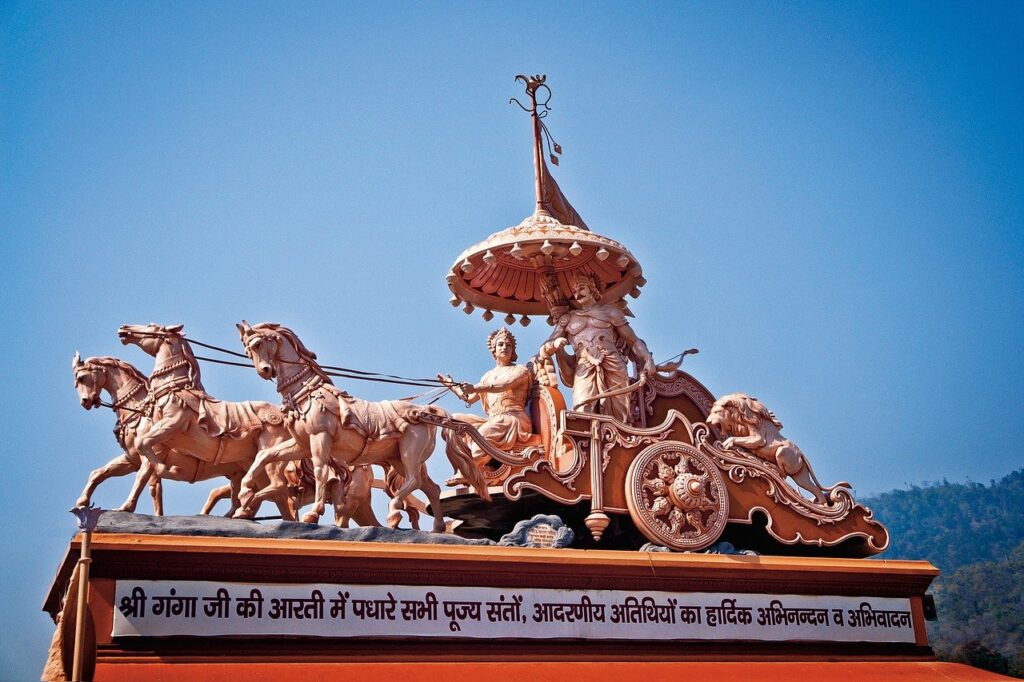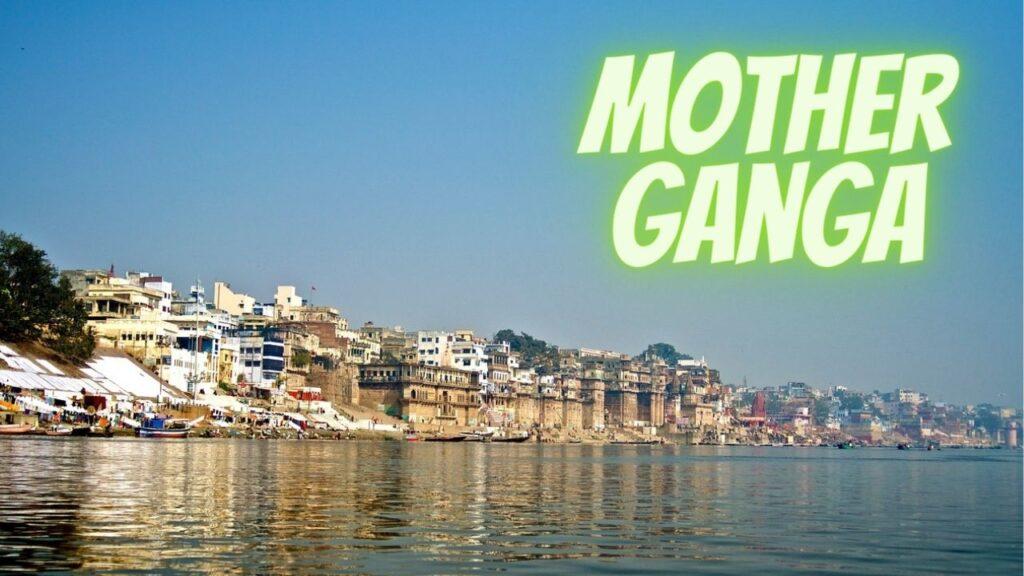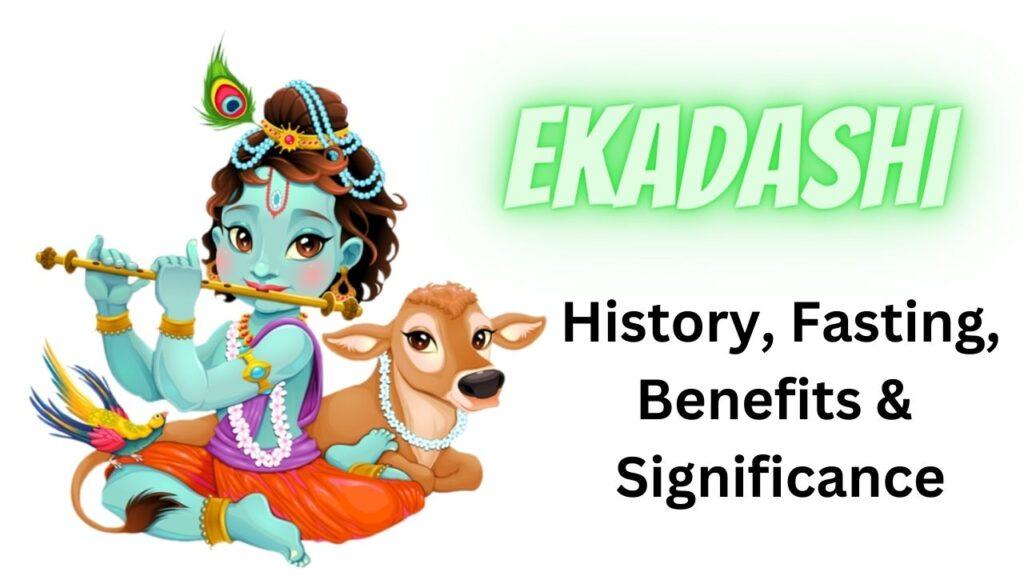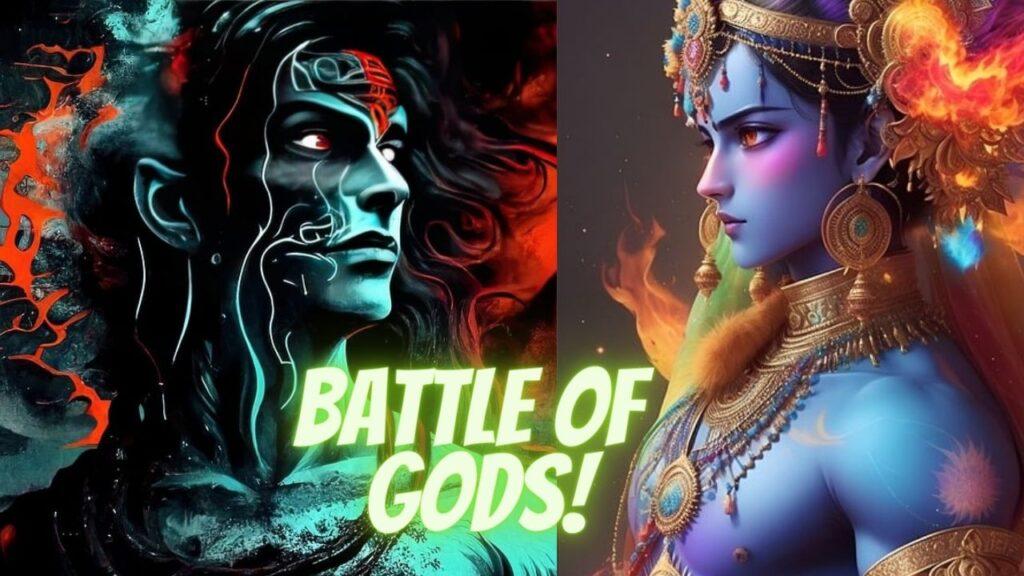
At the tender age of eight, Krishna orchestrated the enchanting Rasa Lila with the Gopis, the milkmaids of Vrindavan. It unfolded under the ethereal glow of Sharad Purnima, an autumn night illuminated by the majestic full moon. The moonrise imbued the surroundings with a reddish hue, akin to the red vermillion powder used to adorn a wife when her long-separated husband returns. The eastern sky became a canvas painted with a reddish tint, as if the moon was smearing it with a brush dipped in crimson. When Krishna beheld the full moon night of the sharad season adorned with a variety of seasonal flowers, particularly the fragrant mallika flowers, He recollected the gopis’ entreaties to Goddess Katyayani. In their prayers, they beseeched Krishna to become their husband. He perceived that the full moon night of autumn was a fitting occasion for an exquisite dance. Therefore, He envisioned that fulfilling their aspiration of having Him as their spouse would be aptly realized.





 Vegetarianism, referred to in Sanskrit as ‘shakahara’, has been a foundational aspect of health and environmental ethics deeply rooted in ancient Indian traditions for millennia. Throughout its
Vegetarianism, referred to in Sanskrit as ‘shakahara’, has been a foundational aspect of health and environmental ethics deeply rooted in ancient Indian traditions for millennia. Throughout its 


